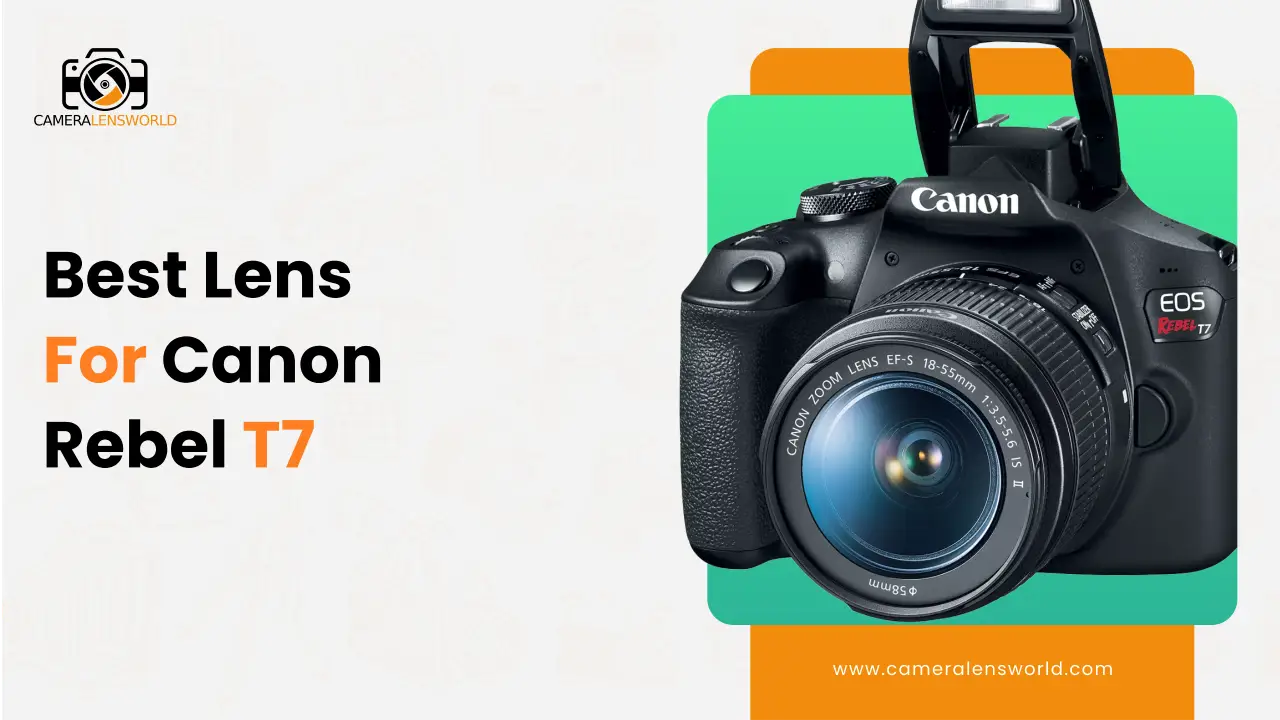
Are you an enthusiastic photographer looking for the best lens for Canon Rebel T7 to enhance your experience?
I have discovered the best-kept secret for taking amazing pictures after conducting a thorough investigation. Imagine the sun setting over a gorgeous scene or the sparkle in a loved one’s eye. Now, you can capture these moments forever with unmatched clarity and accuracy thanks to the Best lens for Canon Rebel T7.
I will walk you through all of the features and capabilities of the lens throughout our in-depth investigation, providing you with the information you need to make an informed decision. It’s time to inform you and other photography aficionados about my findings.
Quick list of the best lens for Canon Rebel T7
Quick list of the best lens for Canon Rebel T7.
- 1Canon EF 100mm f/2.8L IS USM Macro Lens
- 2Canon EF-S 18-200mm f/3.5-5.6 IS
- Canon EF 50mm f/1.8 STM Lens
- Canon EF-S 10-18mm f/4.5-5.6 IS STM Lens
- Canon EF 24-70mm f/2.8L II
- Canon EF-S 35mm f/2.8 Macro IS STM
- Canon EF 70-300mm f/4-5.6 IS II USM
- Canon EF-S 10-22mm f/3.5-4.5 USM Lens
- Canon EF 40mm f/2.8 STM Lens
Detailed analysis of the best lens for Canon Rebel T7
Detailed analysis on the list of the best lens for Canon Rebel T7.
1. Canon EF 100mm f/2.8L IS USM Macro Lens
- The first mid-telephoto macro “L” series lens from Canon with the advanced Image Stabilization technology
- The maximum aperture of this lens is 1:2.8.
- This lens’s 1:1 maximum magnification—also known as life-size magnification—is one of its most notable qualities.
- The filter thread size of the lens is 67mm.
- The weather-sealed nature of the Canon EF 100mm f/2.8L IS USM Macro Lens is true.
| Brand | Canon. |
| Type | Telephoto lens. |
| Lens format coverage | Primarily for full frame. |
| Compatible Mounting | Canon EF. |
| Image Stabilization | The lens has an image stabilization. |
| No.of diaphragm blades | 9 blades. |
| Lens construction | 15 elements in 12 groups. |
| Minimum focus distance | 0.3 m. |
| Weight | 625 g. |
| Adjustment | An inner focusing system with continuous manual focus option and USM. |
Reasons to buy:
- Stabilization of the image for crisp photos.
- Adaptable to portraiture.
- Excellent optics and construction.
Reasons to avoid:
- Comparatively more expensive.
- Limited use at wide angles.
2. Canon EF-S 18-200mm f/3.5-5.6 IS
- The maximum aperture of the Canon EF-S 18-200mm lens is variable and varies with zoom.
- The maximum aperture, at its widest focal length of 18mm, is f/3.5.
- Upon reaching a maximum zoom of 200mm, the aperture narrows to f/5.6.
- At 200mm, this lens has a maximum magnification ratio of 0.24x.
- This lens has a 72mm filter thread size.
- Canon EF-S 18-200mm f/3.5-5.6 IS lens features splashproof protection.
| Brand | Canon. |
| Type | Standard zoom lens. |
| Lens format coverage | APS-C DSLR cameras. |
| Compatible Mounting | Canon EF-S. |
| Image Stabilization | The lens has an image stabilization. |
| No.of diaphragm blades | 6 blades. |
| Lens construction | 16 elements in 12 groups. |
| Minimum focus distance | 0.45 m. |
| Weight | 625 g. |
| Adjustment | AF motor of the micromotor type with no full-time manual focusing. |
Reasons to buy:
- Adaptable zoom range combined into one.
- For steadiness, use image stabilization.
- Inexpensive option.
Reasons to avoid:
- Performance in low light may be limited by variable aperture.
3. Canon EF 50mm f/1.8 STM Lens
- The maximum aperture of the Canon EF-S 18-200mm lens varies as you zoom.
- The maximum aperture is f/3.5 at the widest focal length (18mm).
- The maximum aperture narrows to f/5.6 when completely zoomed in to 200mm.
- The greatest magnification ratio of this lens is 0.24x.
- This lens’ filter thread size is 72mm.
- Canon’s EF-S 18-200mm f/3.5-5.6 IS lens is not weatherproof.
| Brand | Canon. |
| Type | Standard lens. |
| Lens format coverage | APS-C camera. |
| Compatible Mounting | Canon EF. |
| Image Stabilization | No image stabilization. |
| No.of diaphragm blades | 5 blades. |
| Lens construction | 6 elements in 6 groups. |
| Minimum focus distance | 0.35 m. |
| Weight | 159 g. |
| Adjustment | Stepping motors (STMs) move continuously and quietly. Servo movie AF, smooth still AF. |
Reasons to buy:
- Large aperture for bokeh and low light.
- Reasonable cost.
- Little and light in weight.
- Sharp visual clarity.
Reasons to avoid:
- Fixed focal length limits versatility.
- No zoom capability.
4. Canon EF-S 10-18mm f/4.5-5.6 IS STM Lens
- The maximum aperture of this lens is variable, which means it changes as you zoom.
- The maximum aperture is f/4.5 at the widest focal length of 10mm. The maximum aperture is f/5.6 when zoomed in to 18mm.
- The highest magnification of the Canon EF-S 10-18mm lens is 0.15x.
- This lens’ filter thread size is 67mm.
- This lens provides weather protection.
| Brand | Canon. |
| Type | Wide angle lens. |
| Lens format coverage | Full frame. |
| Compatible Mounting | Canon EF-S. |
| Image Stabilization | The lens has an optical stabilization. |
| No.of diaphragm blades | 7 blades. |
| Lens construction | 14 elements in 11 groups. |
| Minimum focus distance | 0.22 m. |
| Weight | 230 g. |
| Adjustment | Stepping motor for silent video recording |
Reasons to buy:
- A wide viewpoint for pictures with lots of space.
- For steadiness, use image stabilization.
- Little and light in weight.
- Reasonably priced.
Reasons to avoid:
- Changing the aperture may reduce low-light performance.
5. Canon EF 24-70mm f/2.8L II
- The Canon EF 24-70mm f/2.8L II lens is notable for maintaining a consistent maximum aperture of f/2.8 over its zoom range.
- The greatest magnification of this lens is 0.21x.
- This lens’ filter thread size is 82mm.
- The lens is, indeed, weather-sealed and has a sturdy build and seals to keep dust and moisture out, making it a dependable solution for outdoor and difficult shooting circumstances.
- Lens coatings that have been optimized for superb color balance and reduced ghosting
- Front and rear lens surfaces have a fluorine coating to eliminate stains and fingerprints.
| Brand | Canon. |
| Type | Wide angle lens. |
| Lens format coverage | APS-C cameras. |
| Compatible Mounting | Canon EF. |
| Image Stabilization | No image stabilization. |
| No.of diaphragm blades | 9 blades. |
| Lens construction | 23 elements in 18 groups. |
| Minimum focus distance | 0.38 m. |
| Weight | 805 g. |
| Adjustment | Inner focusing with USM. |
Reasons to buy:
- Steadily large aperture for adaptability.
- Outstanding quality of photograph.
- Solid construction for sturdiness.
- Perfect for many types of photography.
Reasons to avoid:
- Pricey.
- Heavy.
6. Canon EF-S 35mm f/2.8 Macro IS STM
- This lens has an f/2.8 maximum aperture, which provides good low-light performance and enables creative depth-of-field adjustment.
- The Canon EF-S 35mm f/2.8 Macro IS STM is a macro lens with a maximum magnification ratio of 1:1.
- This lens’ filter thread size is 49mm.
- Unfortunately, this lens does not have a weather seal.
| Brand | Canon. |
| Type | Macro lens. |
| Lens format coverage | APS-C format DSLRs. |
| Compatible Mounting | Canon EF-S. |
| Image Stabilization | This lens has hybrid image stabilization. |
| No.of diaphragm blades | 7 blades. |
| Lens construction | 10 elements in 6 groups. |
| Minimum focus distance | 0.03 m. |
| Weight | 185 g. |
| Adjustment | Full-time manual focus. |
Reasons to buy:
- Little and light in weight.
- Macro photography capabilities.
- For steadiness, use image stabilization.
- Adaptable for imaginative close-ups.
Reasons to avoid:
- Limited telephoto capabilities.
7. Canon EF 70-300mm f/4-5.6 IS II USM
- The maximum aperture of the Canon EF 70-300mm f/4-5.6 IS II USM lens is variable and changes as you zoom.
- The maximum aperture at 70mm is f/4. The maximum aperture narrows to f/5.6 when zoomed in to 300mm.
- At 300mm, this lens has a maximum magnification of 0.25x.
- This lens’ filter thread size is 67mm.
- The weather-sealed Canon EF 70-300mm f/4-5.6 IS II USM lens is unavailable.
| Brand | Canon. |
| Type | Telephoto lens. |
| Lens format coverage | Full frame and APS-C. |
| Compatible Mounting | Canon EF. |
| Image Stabilization | The lens has an image stabilization. |
| No.of diaphragm blades | 9 blades. |
| Lens construction | 17 elements in 12 groups. |
| Minimum focus distance | 1200 mm. |
| Weight | 710 g. |
| Adjustment | Nano USM, like STM, uses a “focus-by-wire” technique, focus ring input through the autofocus motor. |
Reasons to buy:
- A broad range of zoom for telephoto images.
- For steadiness, use image stabilization.
- Reasonable prices.
Reasons to avoid:
- It’s not ideal for wide-angle or macro photography.
8. Canon EF-S 10-22mm f/3.5-4.5 USM Lens
- The maximum aperture of this lens is variable, which means it changes as you zoom.
- The maximum aperture is f/3.5 at the widest focal length (10mm). The maximum aperture is f/4.5 when completely zoomed in to 22mm.
- The highest magnification of the Canon EF-S 10-22mm lens is 0.17x.
- This lens’ filter thread size is 77mm.
- Canon’s EF-S 10-22mm f/3.5-4.5 USM lens is not weather-sealed.
| Brand | Canon. |
| Type | Wide angle lens. |
| Lens format coverage | EOS digital SLR cameras. |
| Compatible Mounting | Canon EF-S. |
| Image Stabilization | No image stabilization. |
| No.of diaphragm blades | 6 blades. |
| Lens construction | 13 elements in 10 groups. |
| Minimum focus distance | 240 mm. |
| Weight | 385 g. |
| Adjustment | High-speed AF and full-time manual focus with a ring. |
Reasons to buy:
- Vast, wide-angle viewpoint.
- Perfect for taking architectural and landscape photos.
- Superior quality lenses.
- Quiet and accurate USM focusing.
Reasons to avoid:
- Variable aperture may reduce low-light performance.
9. Canon EF 40mm f/2.8 STM Lens
- The Canon EF 40mm f/2.8 STM lens features a maximum aperture of f/2.8.
- Canon’s first “L inches series” mid-telephoto macro lens.
- This lens offers a maximum magnification of 0.18x.
- The filter thread size for this lens is 52mm.
- The Canon EF 40mm f/2.8 STM lens is not weather-sealed.
| Brand | Canon. |
| Type | Standard lens. |
| Lens format coverage | APS-C cameras. |
| Compatible Mounting | Canon EF. |
| Image Stabilization | The lens has an image stabilization. |
| No.of diaphragm blades | 7 blades. |
| Lens construction | 15 elements in 12 groups. |
| Minimum focus distance | 0.30 m. |
| Weight | 125 g. |
| Adjustment | An inner focusing system with USM and full-time manual focus. |
Reasons to buy:
- Small and light in weight.
- Good f/2.8 aperture performance in low light.
- Reasonable prices.
Reasons to avoid:
- Fixed focal length may not suit all scenarios.
What to look for in the best lens for Canon Rebel T7
1- Aperture
When looking for the best lens for Canon Rebel T7, the aperture is an important consideration. An f-number (for example, f/2.8 or f/4) represents the aperture.
A lower f-number, such as f/1.8, denotes a larger maximum aperture, which allows more light into the lens. This is perfect for low-light photography and achieving the desired background blur or bokeh.
A variable aperture lens (e.g., f/3.5-5.6) has an aperture that changes as you zoom. A lens with a continuous wide aperture, such as f/2.8, is recommended for versatility, as it allows for greater performance in various lighting circumstances and creative control over depth of field.
2- Focal length
Consider focus length for the best lens for Canon Rebel T7. The focal length of a lens defines its field of vision, which influences framing and the kind of photos it may take.
A lens with a range of 18-55mm will cover most circumstances for versatile shooting. If you want to capture wide-angle shots, choose lenses with shorter focal lengths (e.g., 10-22mm).
Longer focal lenses (e.g., 50mm or 85mm) are good for close-ups and portraiture. A zoom lens gives versatility, whereas a prime lens provides great image quality. Your selection should reflect your shooting style and preferences to achieve the best results with your Canon Rebel T7.
3- Image stabilization
Image stabilization is an important consideration when choosing your best lens for Canon Rebel T7. Image stabilization, often known as IS or VR, helps to eliminate the effects of camera shake, resulting in crisper photographs and smoother films, especially when shooting in low light or with longer lens lengths.
Look for lenses that have built-in image stabilization, which is usually designated “IS” or “STM” on Canon lenses. This feature adjusts for minor movements, allowing you to shoot at shorter shutter rates without introducing blur. IS may make a major impact in landscape, macro, and telephoto photography, providing sharp and clear shots with your Canon Rebel T7.
4- Compatibility
Compatibility is essential when looking for the best lens for Canon Rebel T7. Check that the lens is compatible with your camera and has a Canon EF or EF-S mount. Because the Rebel T7 has an EF-S mount, lenses bearing this designation will fit well.
Take into account focusing capabilities as well. Many lenses have STM (Stepping Motor) technology for smooth and quiet focusing, boosting camera compatibility.
Checking for compatibility guarantees that the lens not only physically fits but also operates efficiently with your Canon Rebel T7, allowing you to utilize its capabilities and create great photographs and films fully.
Best lens for Canon Rebel T7 FAQs
1- Can I use an EF lens on Rebel T7?
The EOS Rebel T7 is compatible with all Canon EF and EF-S lenses.
2- How do I get the best focus on my Canon Rebel T7?
The most common cause of blurry photos is incorrect shutter speed settings. The faster your shutter speed, the less likely the camera shake is. This is especially true while shooting on the fly. Nobody can handhold a camera steadily enough at slow shutter rates.
3- Is Canon T7 good for photography?
It is sufficient to use the Canon Rebel T7 for travel photography. The image quality is superb, especially if you’re moving up from a smartphone. Nevertheless, compared to the mirrorless competition, it is bulkier, and its autofocus system is outdated.
4- What is the best shutter speed for the Canon Rebel T7?
Fast activity can be readily frozen with the fastest shutter speed of 1/4000. Because of its long exposure capability, this digital camera is suitable for night photography. This camera model has all manual controls. The Canon EOS Rebel T7 sports a Phase-Detect AF system with 9 points.
Conclusion
In summary, choosing the best lens for Canon Rebel T7 is essential to producing exceptional photos. I’ve done much research to offer insights into the lens characteristics, and the final decision belongs to you. Your choice should suit your personal tastes and style of photography.
If you’re now in photography, you may check my beginner’s guide for buying a camera lens. It provides insightful information to assist you in making a decision.
Remember that the lens you select can have a big influence on both the creative possibilities and the quality of your images. Take your time, look into your selections, and make sure it’s the ideal match for your Canon Rebel T7.
Enjoy your shooting!
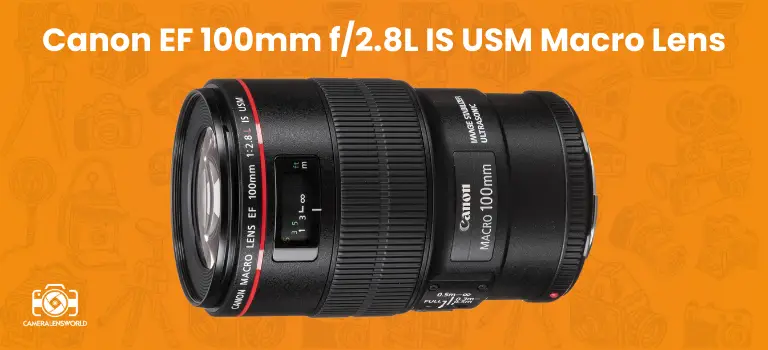
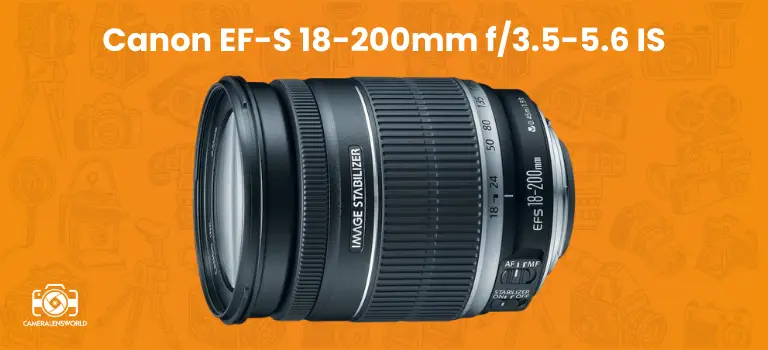
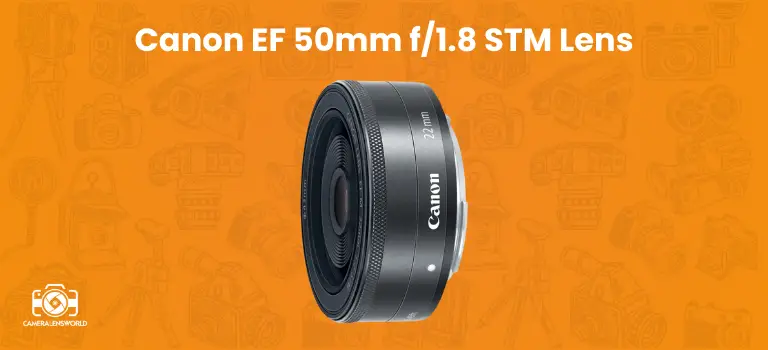
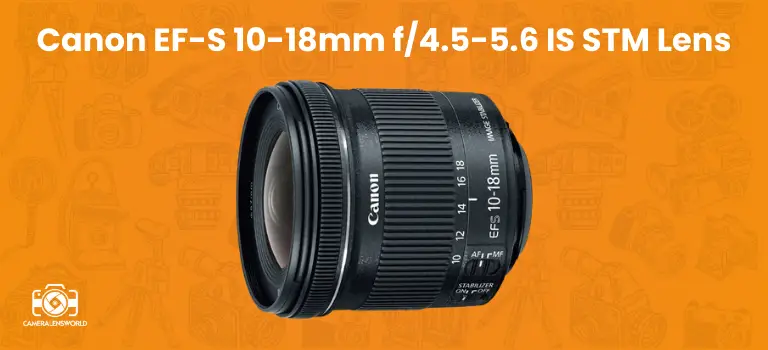
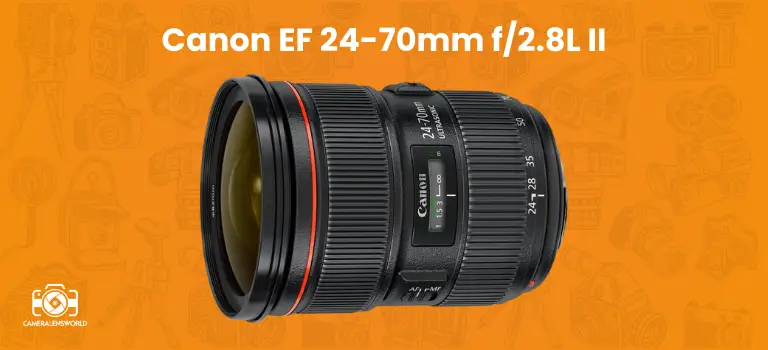
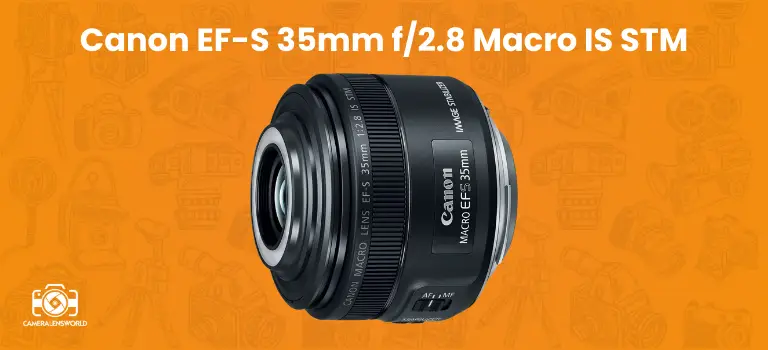
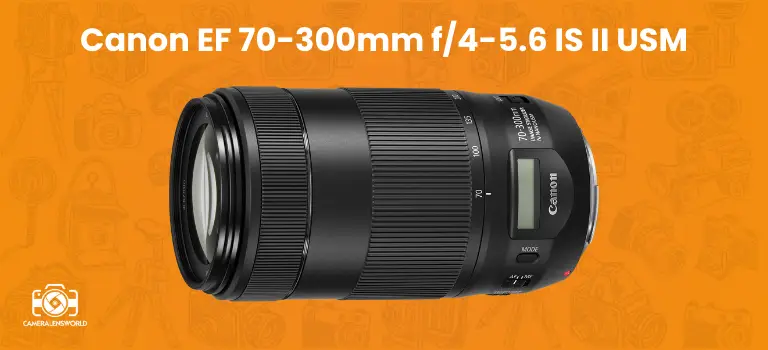
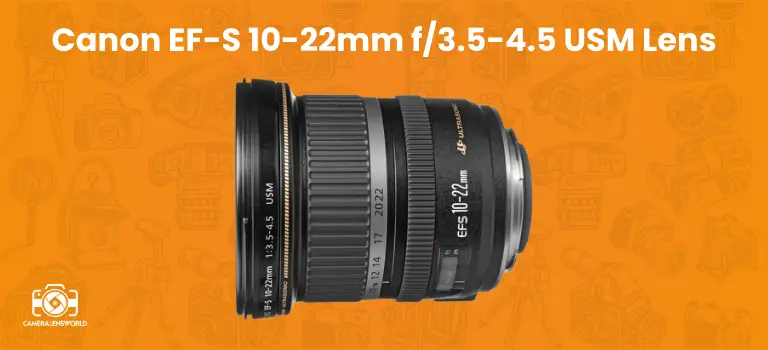
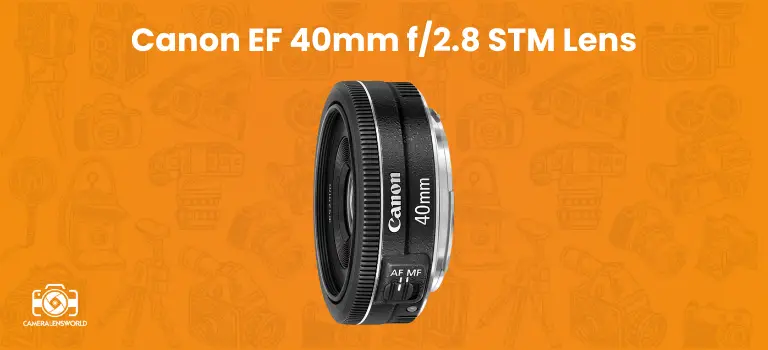

Leave a Reply
You must be logged in to post a comment.